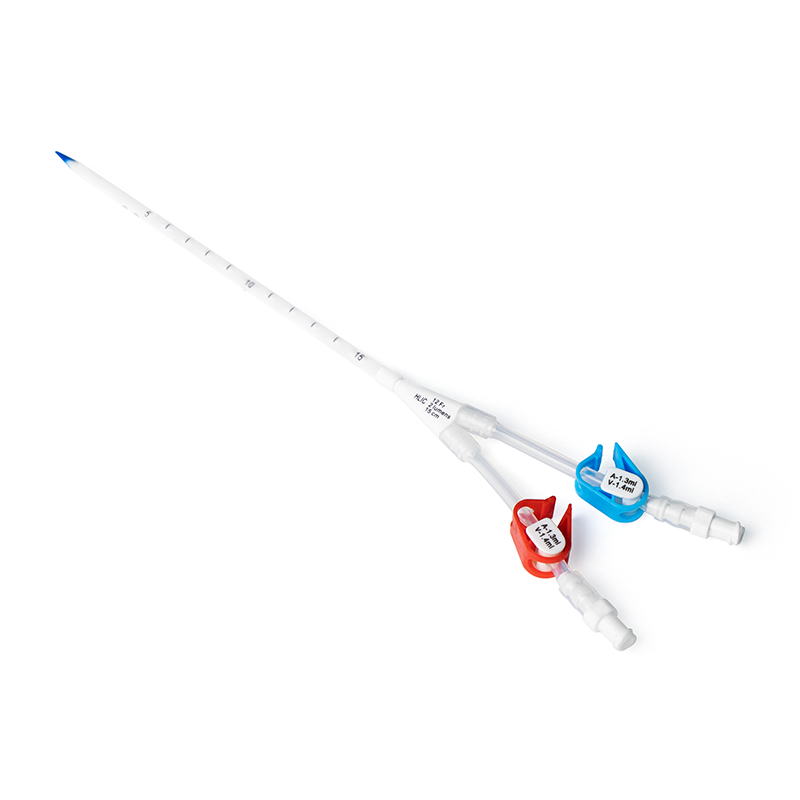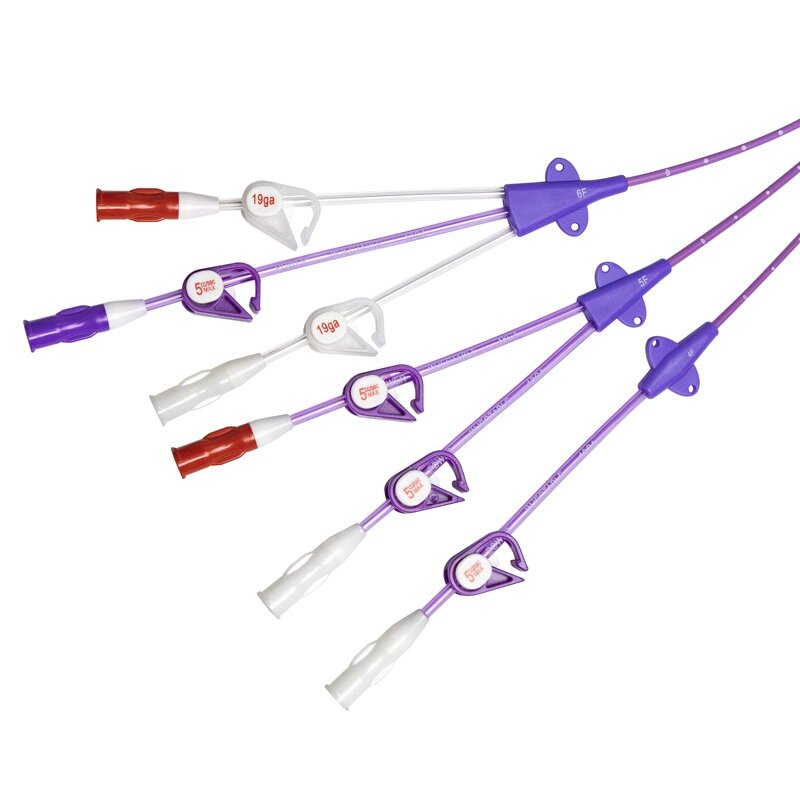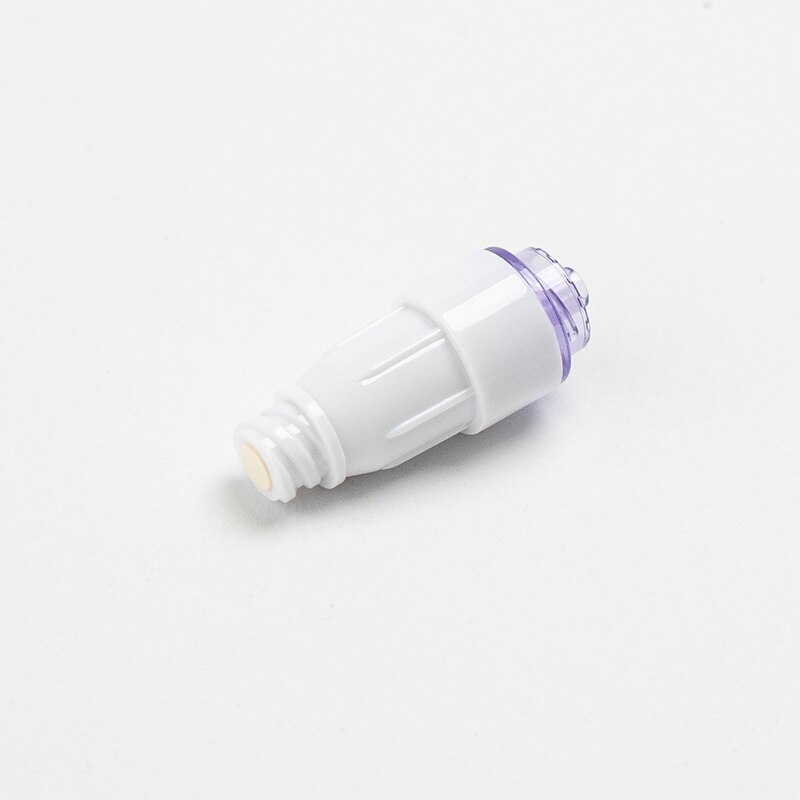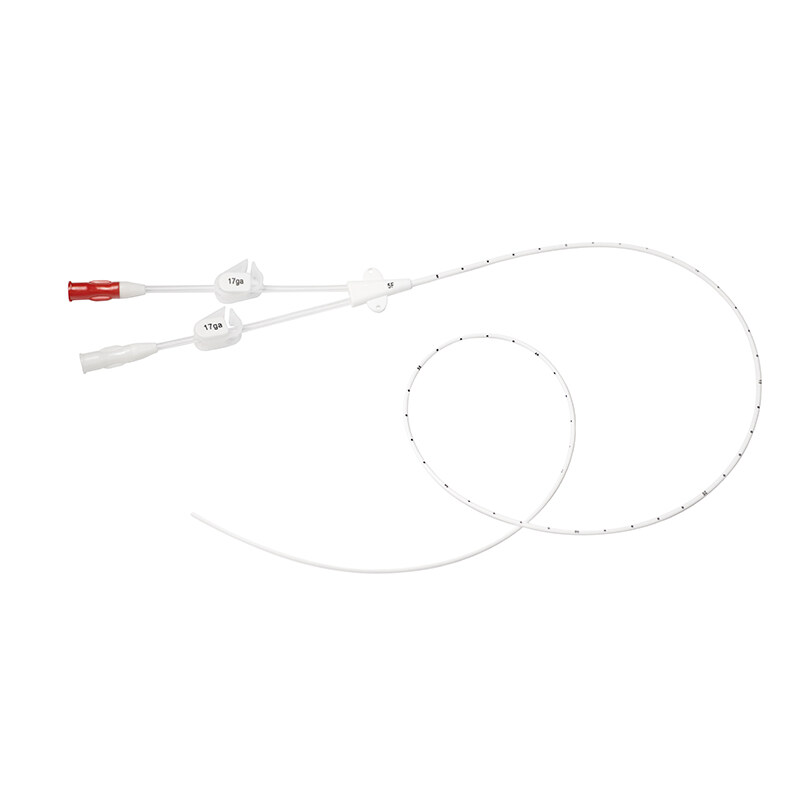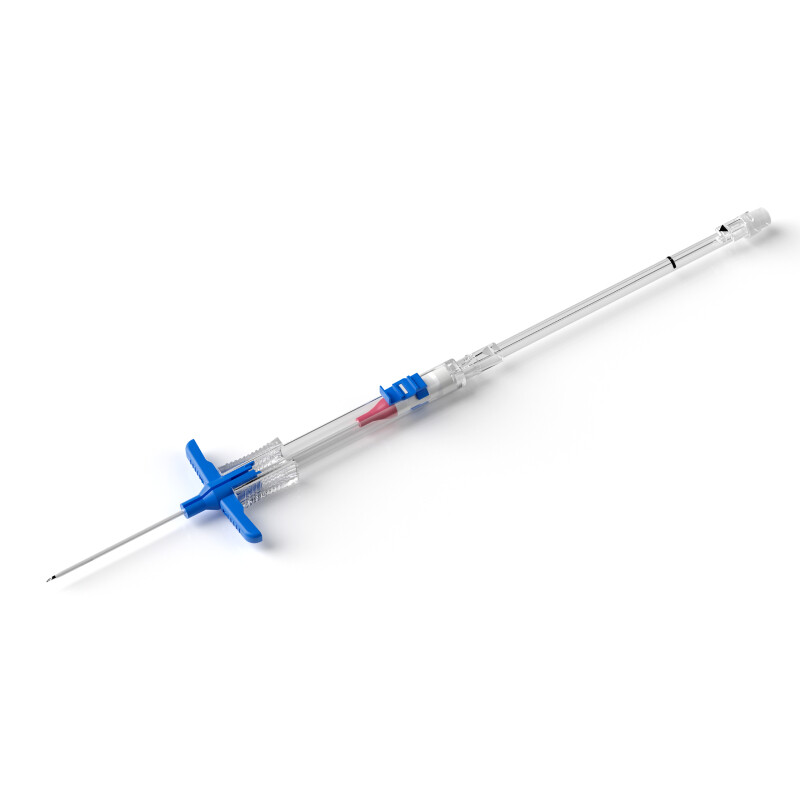Central venous catheterization is a procedure in which a catheter is placed into a central vein to administer medications, fluids, or blood products.
Central venous catheter devices are commonly used in intensive care units, operating rooms, and emergency departments. The central venous catheter site is critical, and the success of the procedure depends on it.
Central venous catheter devices are available in several different types, including peripherally inserted central catheters (PICC), central venous catheter tunneled, and implanted ports.
Central venous catheterization kits include all the necessary equipment and supplies for the procedure, such as catheters, guidewires, dilators, and dressings. These kits are designed to facilitate the procedure and ensure patient safety. The contents of the kit vary depending on the type of catheter and the central venous catheter site.

Central Venous Catheter Devices
Central Venous Catheter Site Selection
The site of central venous catheter insertion is critical to the success of the procedure. The most common central venous catheter insertion sites are the internal jugular, subclavian, and femoral veins.
The choice of site depends on several factors, such as the patient's medical condition, the indication for the catheter, and the experience of the clinician performing the procedure.
The internal jugular vein is the preferred site for central venous catheter insertion in most situations. It is easily accessible, has a low risk of complications, and allows for the insertion of large-bore catheters. The subclavian vein is also a common site for central venous catheterization. It is associated with a higher risk of complications but is preferred in patients who require long-term catheterization.
What Are the Advantages of Using the Internal Jugular Vein for Central Venous Catheterization?
The internal jugular vein is preferred for central venous catheterization because it is easily accessible, has a low risk of complications, and allows for the insertion of large-bore catheters. It is also less likely to cause damage to nearby structures like the carotid artery and the lung. Advantages of central venous catheter placement in the internal jugular vein include reduced risk of infection and mechanical complications compared to other sites.
Central venous catheterization can be performed under local anesthesia, but sedation or general anesthesia may be used depending on the patient's medical condition and the complexity of the procedure.
How Long Does the Central Venous Catheter Procedure Take?
The duration of the central venous catheterization procedure depends on several factors, including the patient's medical condition, the choice of site, the central venous catheter types, and the experience of the clinician performing the procedure. In general, the central venous catheter procedure takes between 30 minutes to 1 hour.
How Long Does a Central Venous Catheter Remain in Place?
The duration of central venous catheterization depends on the patient's medical condition and the indication for the catheter. In some cases, the catheter may remain in place for several months.
How Often Should the Dressing Be Changed?
The dressing over the central venous catheter site should be changed according to the hospital's protocol, which typically ranges from daily to every few days. The dressing should be changed immediately if it becomes wet or soiled. Proper dressing care is important to prevent infection.
In a Word
Central venous catheterization is a critical procedure that requires careful site selection and the use of appropriate devices and central venous catheterization kits. Central venous catheters are available in several different types, and the choice of device depends on the patient's medical condition and the indication for the catheter.
Central venous catheterization kits are designed to facilitate the procedure and ensure patient safety. If you have any further questions or concerns about central venous catheterization, consult your healthcare provider.

